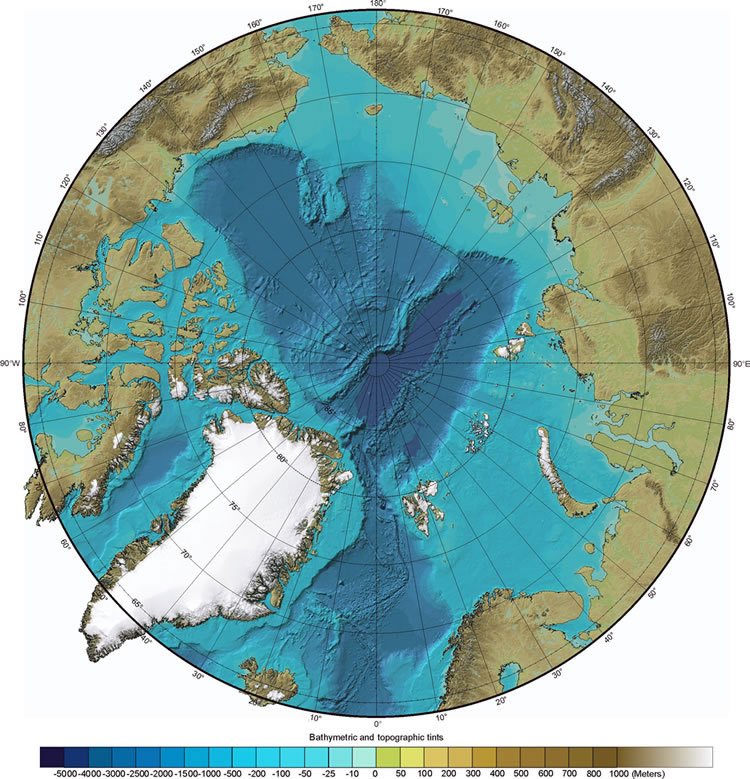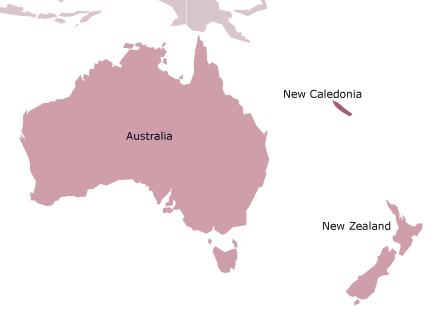 |
| Palymra Atoll |
President Obama recently created the largest protected marine reserve in the world. Other countries have protected part of the ocean as well. Now Gabon is following suit.
Here's an interesting article and a great map from National Geographic:
Here's the article from National Geographic:
The reserve was originally created by then President Bus around 2006.






























